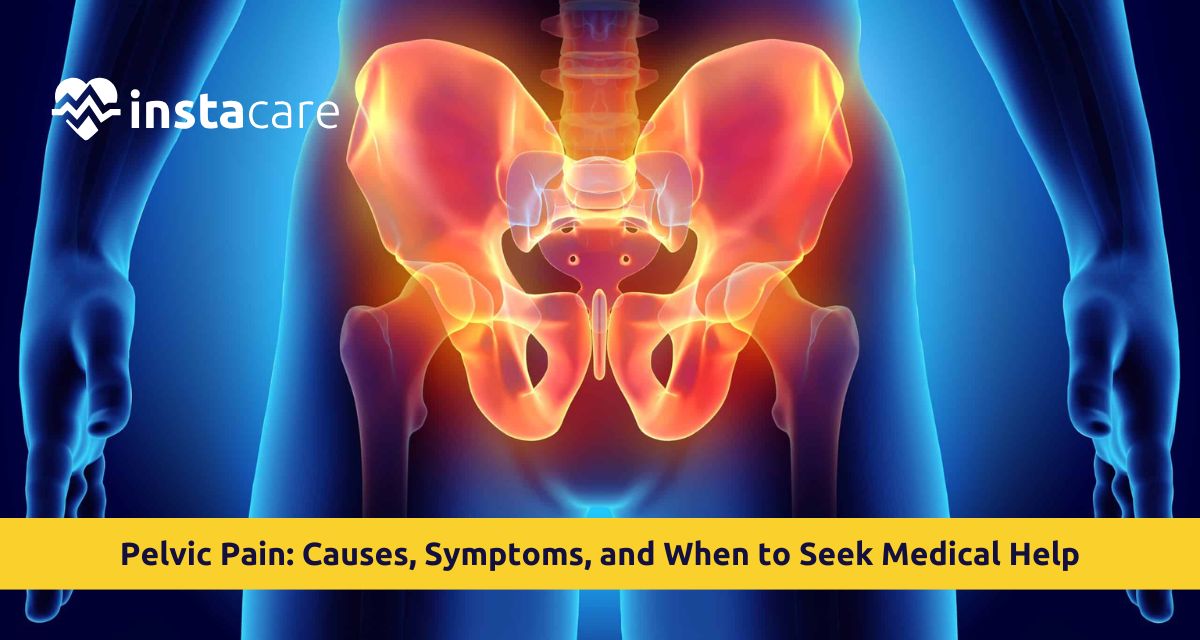What is Pelvic Pain?
Common Causes of Pelvic Pain
- Pelvic Inflammatory Disease (PID): Bacterial infection of the female reproductive system, PID is a leading reason for pelvic pain during the period in women and, if left untreated, can have disastrous ramifications like making a woman sterile.
- Endometriosis: A disorder where the same type of tissue that exists in the uterine lining exists elsewhere in the body outside of the uterus and causes for-life pelvic pain, typically with menstruation.
- Menstrual pelvic pain: Menstrual cramp, mild or severe, most common cause of menstrual pelvic pain, typically with lower backache.
- Urinary Tract Infections (UTIs): UTI in female and male, with lower abdominal pain and acute onset of pelvic pain, often with need to void.
- Pelvic pain during pregnancy: pelvic pain during pregnancy secondary to laxity of ligaments, endocrine change, and compression of pelvic organs.
Gastrointestinal symptom
- Pelvic floor dysfunction: Cyclical and urinary symptoms occur if stabilizing muscles of pelvic organs are not functioning in their role.
- Pelvic Pain During Sex: Other painful sex or pelvic pain after intercourse occurs as a result of infection, endometriosis, or pelvic floor dysfunction.
- Pelvic and Back Pain: Muscle strain back or lower back syndrome may be preceded in some instances by pelvic pain.
Companion Symptoms of Pelvic Pain
- Lower Abdominal Pain: stinging or aching pain in the area below the lower abdomen is an indicator of pelvic disease.
- Pelvic Pain and Bloating: bloating or distension of the abdomen can be secondary to GI or gynecologic disease.
- Acute Pelvic Pain: stabbing, burning pain can be a presentation of onset of ruptured ovarian cyst, appendicitis, or ectopic pregnancy.
- Pelvic Pain and Back Pain: referred pelvic pain and back pain is usually a gynecologic or musculoskeletal illness presentation.
- Pain After Sex: pain during sex is caused by infection, endometriosis, or pelvic floor dysfunction.
- Pelvic Pain and Infertility: Pelvic pain accompanies conditions such as PID or endometriosis and can impact fertility.
Read More: 5 Tips to Reduce Breast Pain Before Periods
Diagnosis and Evaluation of Pelvic Pain
- Pelvic Exams: Most valuable in the diagnosis of female pelvic pain, to seek infection, tenderness, or abnormality.
- Imaging Tests: Ultrasound, CT scan, or MRI can identify such things as ovarian cysts, fibroids, or pelvic floor dysfunction.
- Urinalysis and Blood Tests: In search of infection or inflammatory disease.
- Laparoscopy: Conservation surgery with visualization of pelvic anatomy, with widespread use for diagnosis of endometriosis or pelvic inflammatory disease (PID).
Pelvic Pain Treatment Modalities
- Drugs: Antibiotics to treat infection in PID, analgesics to treat menstrual cramps or chronic pain, and hormone therapy to treat endometriosis.
- Physical Therapy: Relaxation or strengthening of the pelvic floor muscle can treat pain of pelvic floor dysfunction.
- Lifestyle Modification: Physical change, stress management, and dietary modification can improve the gastrointestinal etiology of pelvic pain and bloating.
- Surgical Intervention: If the patient has endometriosis, fibroids, or ovarian cysts, then in most cases, laparoscopic surgery will be needed.
- Pregnancy Management: Exercise, maternity belts, or physiotherapy might be recommended by doctors for pelvic pain due to pregnancy.
Pelvic Pain Prevention
- Regular Check-ups: Early detection of PID and other issues is facilitated by regular gynecologic visits.
- Safe Sex: Safe sex will rule out sexually transmitted disease, the most common cause of pelvic pain after sex and PID.
- Healthy Living: Physical exercise, healthy dieting, and stress reduction will rule out pelvic pain and bloating or musculoskeletal disorder.
- Pelvic Floor Exercises: Pelvic floor muscle training will rule out pelvic floor dysfunction and pain.
- Awareness in Pregnancy: Awareness in pregnancy will provide prevention of excess distress and accommodation for pain in the pelvis.
Conclusion

